The Forest is the latest thriller from the French dramatist Florian Zeller, translated by Oscar winner Christopher Hampton. It’s a well-worn yarn of adultery, betrayal and vengeance set among the yuppie classes. The action is located in France but the actors speak in Home Counties accents. (In theory, at least. Some are better at imitating BBC newsreaders than others.) Zeller makes his story deliberately arty and obscure. Man 1, also known as Pierre, is a wealthy doctor whose wife, or ‘The Wife’, is played by Gina McKee. Pierre has a hysterical girlfriend, known as ‘The Girlfriend’, who threatens to reveal their affair and destroy Pierre’s marriage. The Girlfriend dies bloodily in their love nest. But was this suicide? Or did she get whacked by Russian mobsters whom Pierre met, rather improbably, through contacts in the pharmaceutical industry?
Instead of clarifying matters, Zeller tinkers with the mechanics of the narrative and keeps backtracking and retelling the story from alternative points of view. We learn that Pierre (Toby Stephens) has an alter ego played by Paul McGann (the boring one from Withnail and I), who doubles as a Russian mobster as well. The daughter of Pierre is in love with a wayward lad (played by Eddie Toll) who also appears as a Russian mobster. And this second mobster may or may not be the same as the mobster played by McGann.
See the problem? Just explaining the basics ties you up in knots. The shifts in perspective create suspense and mystery but of a rather irksome kind. It’s like playing chess with a little boy who keeps changing the rules to give himself an advantage. And by retelling the story over and over, the writer leaves no room for the minor characters to develop. Six actors are stranded in boring roles because Zeller wants to explore meta-textual conceptualism rather than human psychology. A pity. The set is great. The costumes are wonderfully chic. So are the furnishings. The result is a beautiful, frustrating bore.
The problem is obvious. The writer doubts his artistic powers. He suspects, perhaps rightly, that a murder mystery is too dated a genre for today’s demanding audiences. And he’s dimly aware that he can’t tell compelling stories without cheating. Nor can he create intriguing and ambiguous characters. All he has to say about humanity is this: women are attractive but dangerous and men are lusty but unreliable. That’s it.
He adds a few shafts of absurdism to please the literature professors. A character called Man In Black wears a white peel-off mask to indicate that he’s a surreal spirit of diabolical evil. Or does he just want perfect skin that ‘glows’ like Leonardo DiCaprio’s? During a change of scene, two actors appear dressed as a Canadian moose that lies across a double bed, apparently dead. The point of the moose is to make play-goers ask themselves which performers are wearing the costume. On press night it was Gina McKee (front) and Toby Stephens (rear). Alas, this is McKee’s finest moment in a play that doesn’t just undervalue her sublime talent but ignores it entirely. Stephens has fantastic qualities — charisma, warmth, good looks, a great knack for comedy — and he often seems on the brink of delivering a punchline and getting a huge laugh. But the script hasn’t the words to support his gift.
Towards curtain down, McKee and Stephens share a poignant moment on stage as they stare at each other, silently, for two solid minutes. But what for? They’re trained to act, not to impersonate waxworks. The show conceals a deeper mystery. Why is Christopher Hampton obsessed with translating Zeller’s threadbare brain-teasers into English and foisting them on the blameless British public? He should advise his French chum to stop reading Pinter and to acquaint himself with Chekhov, who knows how to make use of a large cast and to give each character colour and an interesting narrative journey.
Saturday Night Fever at the Peacock Theatre is a creature of wild and explosive beauty. Not just a hit but a gold-plated bull’s-eye. Newcomers may be puzzled by the storyline which is set in New York during the 1970s, when cash was tight and jobs were scarce. Tony Manero’s middle-aged dad feels angry because he can’t find work. And Tony, who is endowed with divine looks and world-class dancing skills, has a lousy job selling paint. Why isn’t this guy on Broadway already?
Not much of this matters in a show that centres on the fabulous costumes, the sensational music and the most electrifying dance routines you may ever see. Richard Winsor is an absolute knockout as Tony. The only wonder is that the audience stayed in their seats during the infectious, pulsing rhythms of the Bee Gees’ soundtrack. If a hundred students were drafted in during an evening show, there’d be a riot. In a good way.
Got something to add? Join the discussion and comment below.
Get 10 issues for just $10
Subscribe to The Spectator Australia today for the next 10 magazine issues, plus full online access, for just $10.
You might disagree with half of it, but you’ll enjoy reading all of it. Try your first month for free, then just $2 a week for the remainder of your first year.

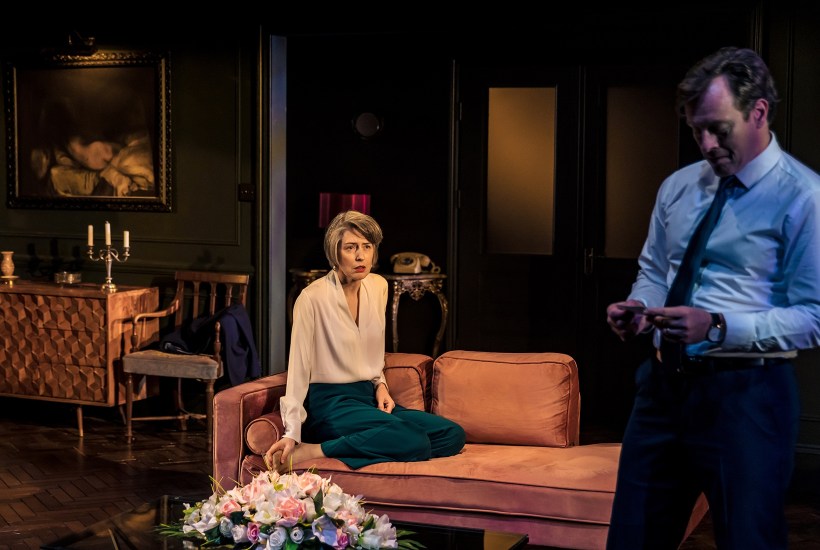
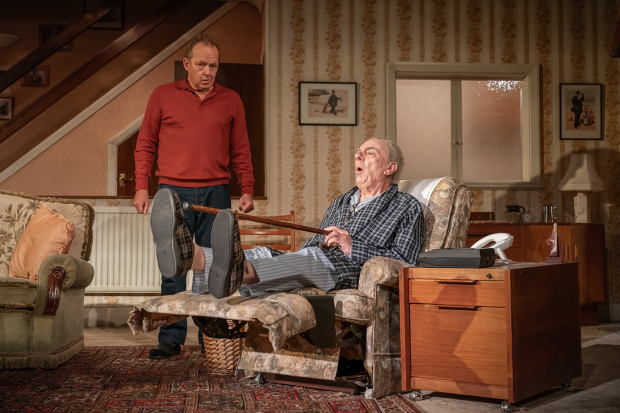
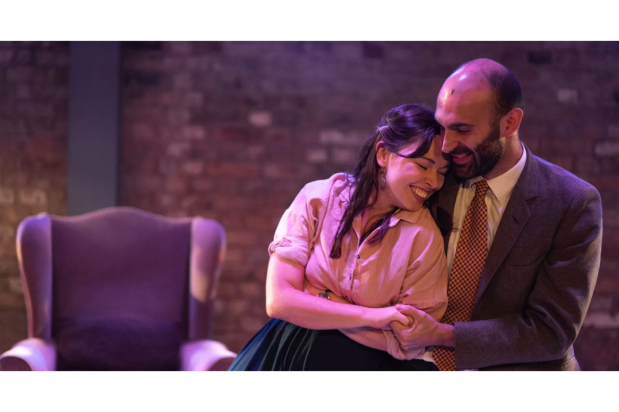
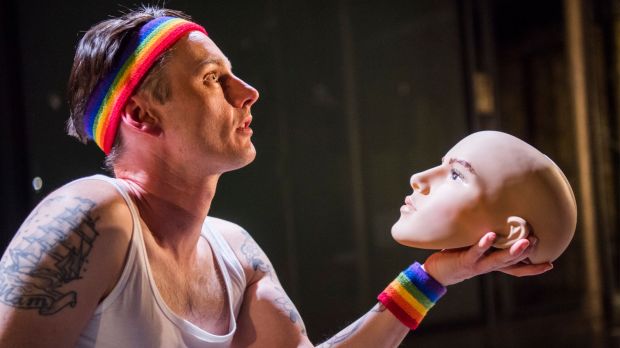
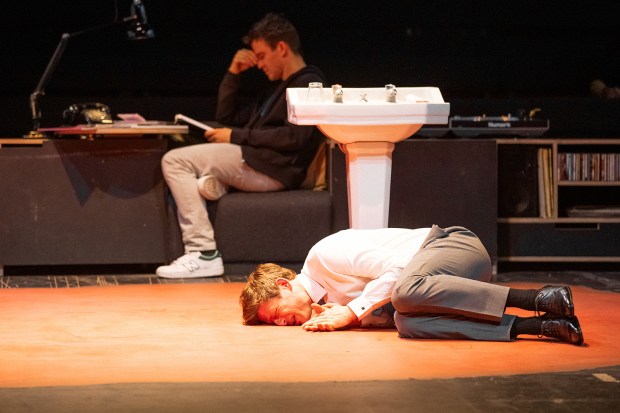
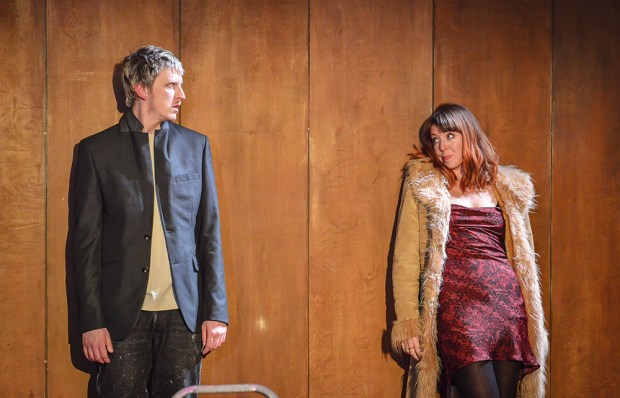
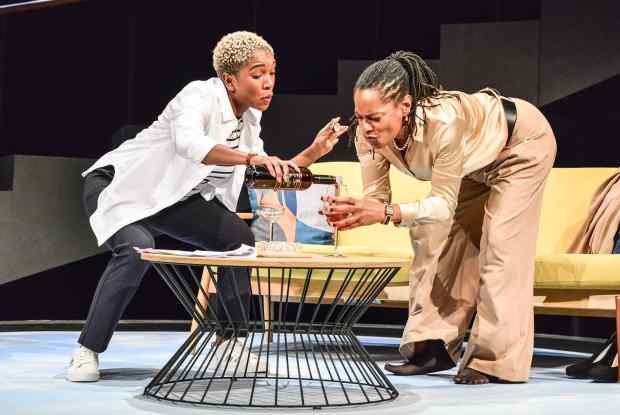






Comments
Don't miss out
Join the conversation with other Spectator Australia readers. Subscribe to leave a comment.
SUBSCRIBEAlready a subscriber? Log in